The Origin of "Las Fallas"

The history behind this popular holiday is what makes it so spectacular. A holiday with tradition, colour, gastronomy, bonfires, music and above all, a lot of joy. We tell you the origin of one of the biggest parties in the Valencian Community. As you may know; Las Fallas is approaching! The falleros and falleras meet together to get everything ready to create the festive atmosphere for the big days. So, it is time to know the history of Las Fallas, so that when it arrives on March 15th you have all the information.
The origin of "Las Fallas" festival dates back to the ancient tradition of the carpenters of Valencia, who on the eve of the feast of their patron saint, San José, burned unusable scrap pieces of wood in front of their workshops, on the streets and in public squares during the winter months to improve their light. That is why, the day of “cremà”, when all the Fallero monuments are burned, always falls on the 19th of March, the feast of San José.
Since the eighteenth century, Las Fallas has evolved and changed. In 1870 the popular celebrations of Las Fallas were persecuted hard, in 1885 a movement in defence of the typical traditions arose, granting the magazine "La Traca" prizes to the best fallero monuments. As of this moment the sense of competition between neighbours began, which gave rise to the birth of the artistic Las Fallas, where criticism did not disappear, but the artistic preoccupation predominated.
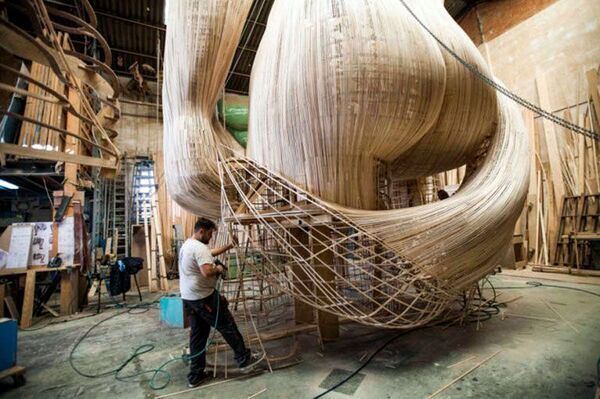
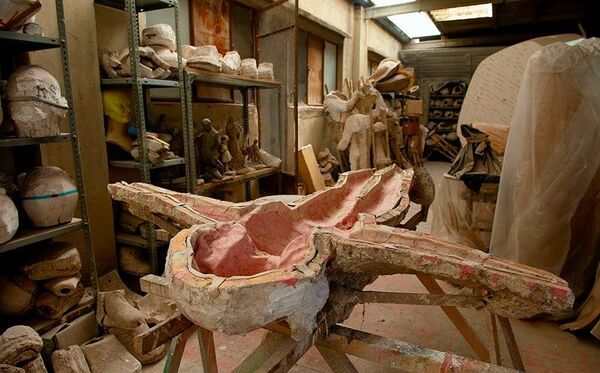
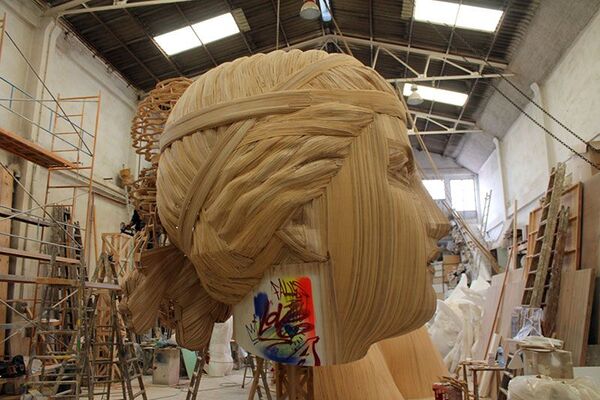
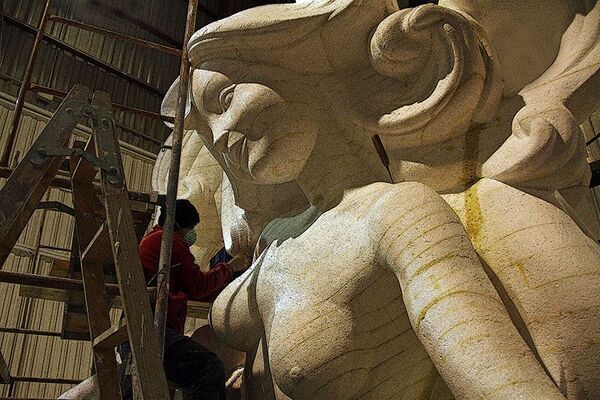
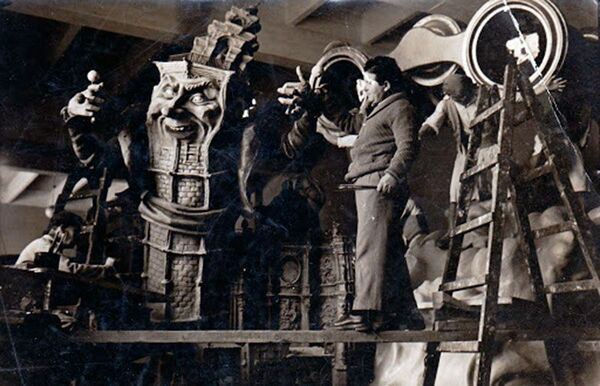





In 1901, the Valencia City Council began awarding the first municipal awards for the best fallas. This was the beginning of the union between the people and the political power, which favoured this popular party to grow in number, structure and organization.
The first poster contest to promote the party was created in 1929, and a few years later, Las Fallas Week was established. It was in these years when Las Fallas became the biggest festival of the Valencian Community, currently burning more than seven hundred fallas between adults and children, only in the city of Valencia.
This is how Valencia, an example of modernity, port of the Mediterranean and capital of major events, is transformed in March to become a city dedicated to its party, music and especially to gunpowder.
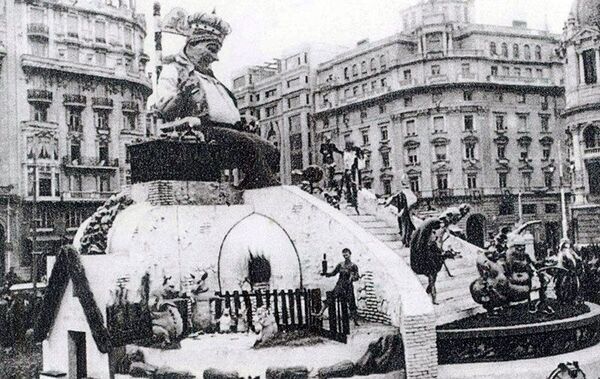
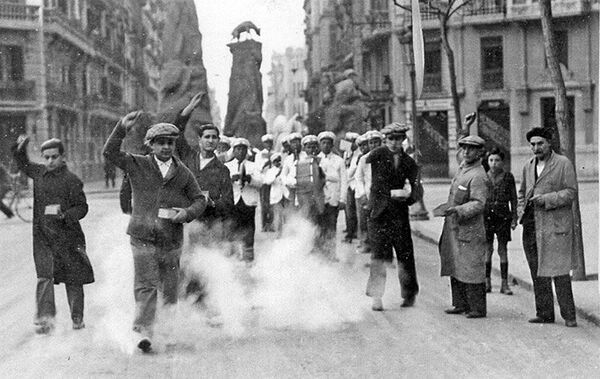
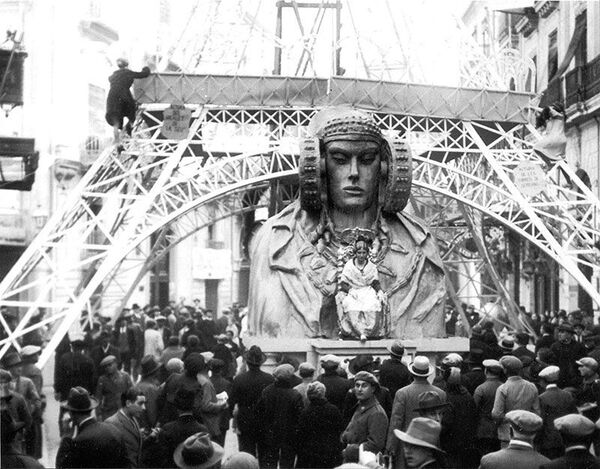
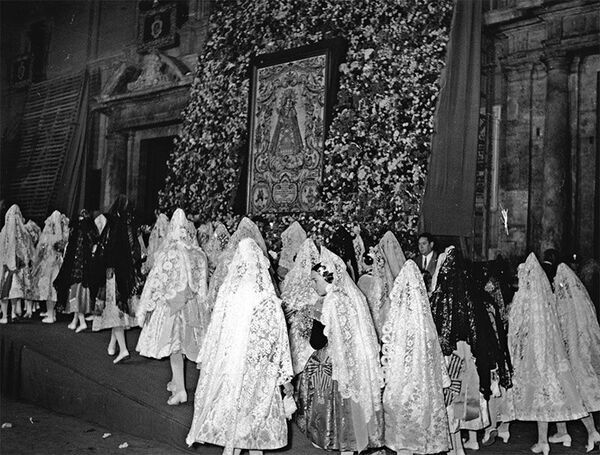
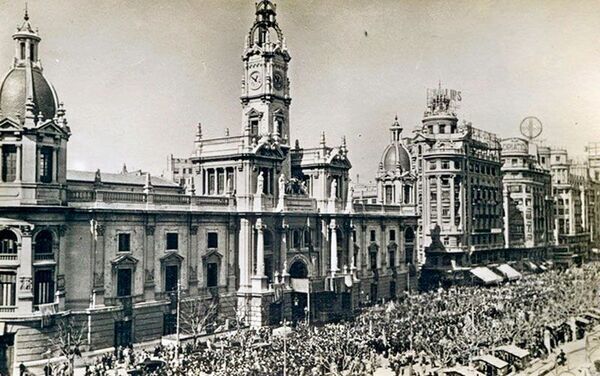





Las Fallas have become the festival of fire and has managed to remain the same for centuries and is more spectacular each year. This is how the city of Valencia enters spring, with bands, “mascletàs” rumblings, and more than 700 fallero monuments, some 25 meters in height.
During the days of Las Fallas, there is an extraordinary atmosphere, which predicts an incredible start to spring. In addition to those days, the capital of the Turia becomes a pedestrian, so you can calmly attend the 2 o'clock meeting in the Town Hall Square, where you will live the "mascletà". This ceremony is a true spectacle for the senses, you will hear the “masclets”, you will see the fire and the smoke, you will smell the gunpowder and you will feel how your whole body vibrates.
Since the eighteenth century, Las Fallas has evolved and changed. In 1870 the popular celebrations of Las Fallas were persecuted hard, in 1885 a movement in defence of the typical traditions arose, granting the magazine "La Traca" prizes to the best fallero monuments. As of this moment the sense of competition between neighbours began, which gave rise to the birth of the artistic Las Fallas, where criticism did not disappear, but the artistic preoccupation predominated.










In 1901, the Valencia City Council began awarding the first municipal awards for the best fallas. This was the beginning of the union between the people and the political power, which favoured this popular party to grow in number, structure and organization.
The first poster contest to promote the party was created in 1929, and a few years later, Las Fallas Week was established. It was in these years when Las Fallas became the biggest festival of the Valencian Community, currently burning more than seven hundred fallas between adults and children, only in the city of Valencia.
This is how Valencia, an example of modernity, port of the Mediterranean and capital of major events, is transformed in March to become a city dedicated to its party, music and especially to gunpowder.










Las Fallas have become the festival of fire and has managed to remain the same for centuries and is more spectacular each year. This is how the city of Valencia enters spring, with bands, “mascletàs” rumblings, and more than 700 fallero monuments, some 25 meters in height.
During the days of Las Fallas, there is an extraordinary atmosphere, which predicts an incredible start to spring. In addition to those days, the capital of the Turia becomes a pedestrian, so you can calmly attend the 2 o'clock meeting in the Town Hall Square, where you will live the "mascletà". This ceremony is a true spectacle for the senses, you will hear the “masclets”, you will see the fire and the smoke, you will smell the gunpowder and you will feel how your whole body vibrates.






